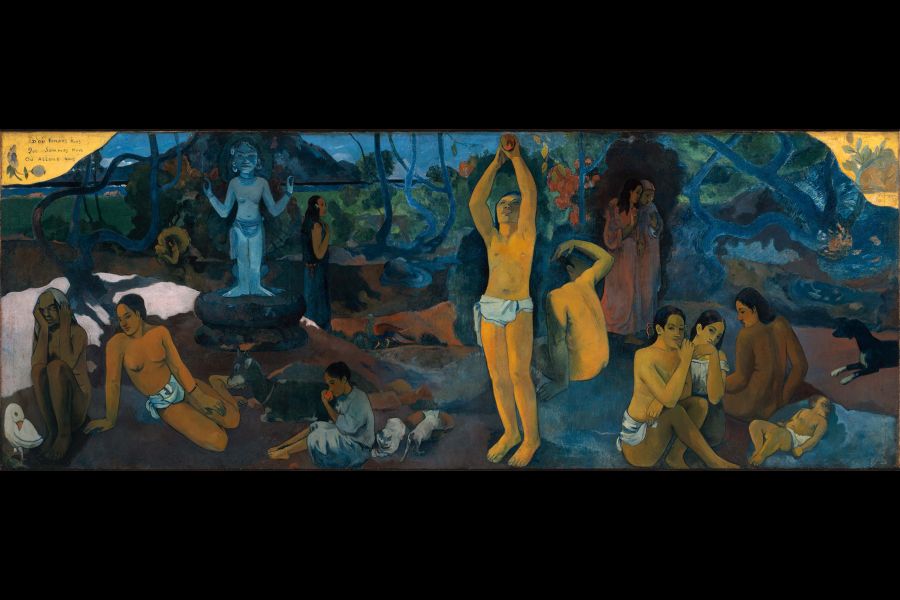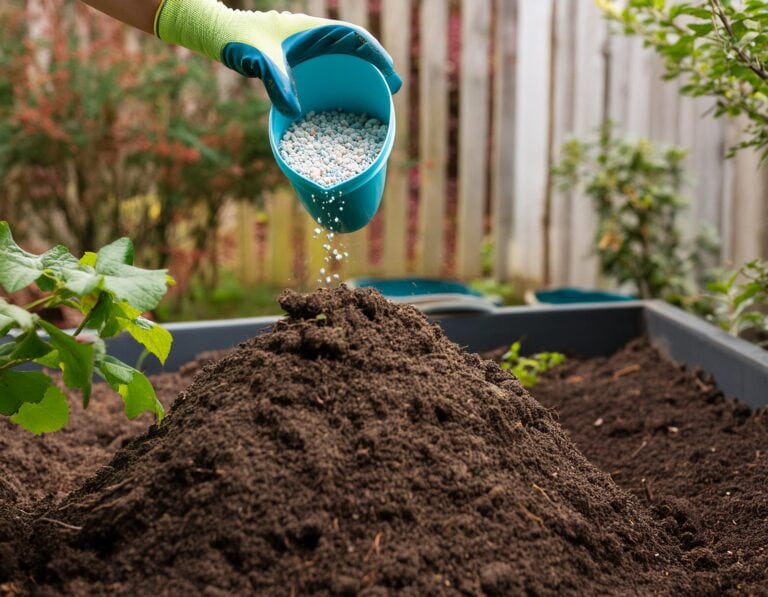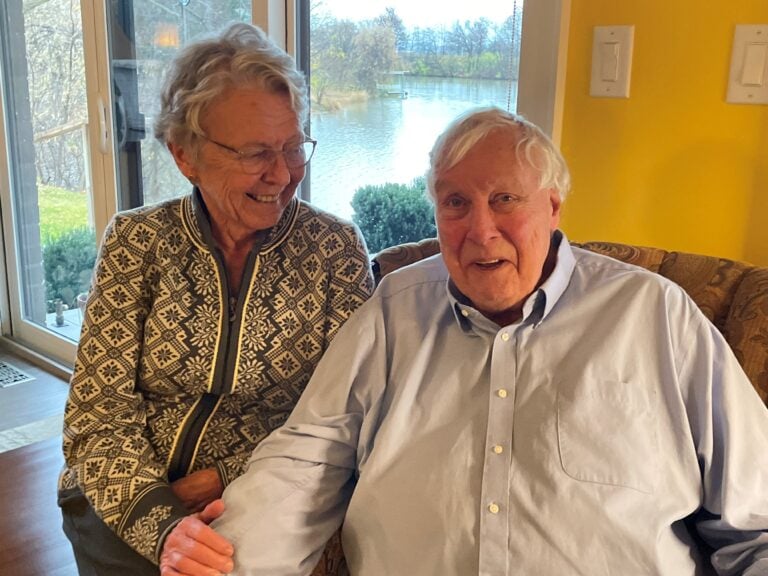Penny-Lynn Cookson
Special to Niagara Now/The Lake Report
In a time of increasing uncertainty in the world, we may well find ourselves dreaming of tropical paradises or perhaps engaging in spiritual and secular reflections about life similar to the fundamental questions raised by Paul Gauguin in Tahiti in 1897.
Gauguin decided to become a professional artist in the 1880s. He joined the Pont-Aven group of Post-Impressionist and Synthetist artists in Brittany, stating his aim for “pure” aesthetic responses as he painted the “primitive” rural and peasant life with heightened colour, sharp contours and flattened space.
He subsequently experienced a brief, chaotic, unhappy time in Arles, in the south of France, with a manic-depressive Vincent van Gogh, after which he sought a more exotic escape to the French Caribbean island of Martinique.
Determined to find and paint the Arcadian delights of a society unspoiled by the corruption of western civilization, he travelled the immense distance to Tahiti in 1891, leaving France, his Danish wife and five children, and a failed career as a Paris stockbroker behind.
He was too late. Paradise was lost. The arrival of ships and explorers 125 years before, missionaries, exploitation, alcohol, prostitution and the colonial destruction of the Polynesian culture, had replaced the idyllic poetic dream with harsh reality.
Gauguin stayed but was a controversial figure, given his worldly cynicism, swagger, predilection for young girls and choice to live with the native people of the island rather than with Europeans.
The enigmatic “Where Are We Going?” became his manifesto and he wrote to Daniel de Montfried who managed his career in Paris, “I believe that this canvas not only surpasses all my preceding ones but that I shall never do anything better, or even like it.”
Human, animal and symbolic subjects are arranged across the lush Tahitian landscape of volcanic mountains, verdant foliage, flowers and sea. The composition is tied together by the colours of the dream, blue and green.
Read from right to left, three young contemplative women and a sleeping baby represent early life, to the left and behind them, a woman peers under her raised arm at two mysterious, robed walking women, confiding heads together.
In the centre, daily life is indicated by a large-scale hermaphrodite figure picking fruit, a seated little girl in white with white kittens suggesting the purity of childhood, and a nubile young woman who gazes absently into space.
To the left an old woman with knees drawn up, sees her approaching death all too clearly, her hands half cover her anguished face. At her feet is a subdued white bird representing the futility of words.
In the middle, a blue idol with upraised arms represents “the Beyond.”
What does this symbolic work with its meditative themes of life, death and poetry mean? That in the end, we are isolated and alone? That the paradise, the Garden of Eden and Eve, could never be possible after the Fall? In Gauguin’s words: “So I have finished a philosophical work on a theme comparable to that of the Gospel.”
The huge painting was sent to Paris and exhibited by the famous dealer Ambroise Vollard in 1898 to mixed reviews. Sick with syphilis, conjunctivitis and heart problems, disillusioned and in debt, Gauguin unsuccessfully attempted suicide with arsenic.
He died in 1903 on Hiva Oa in the Marquesa Islands. Unappreciated until after his death, Gauguin is now considered an essential figure to Post-Impressionism, the Symbolist movement and the French avant-garde.
Penny-Lynn Cookson is an art historian who taught at the University of Toronto for 10 years. She was also head of extension services at the Art Gallery of Ontario. Her lectures for the Niagara Pumphouse Arts Centre on “Landscape and Memory” continue Wednesdays until Aug. 26. Registration is free.










